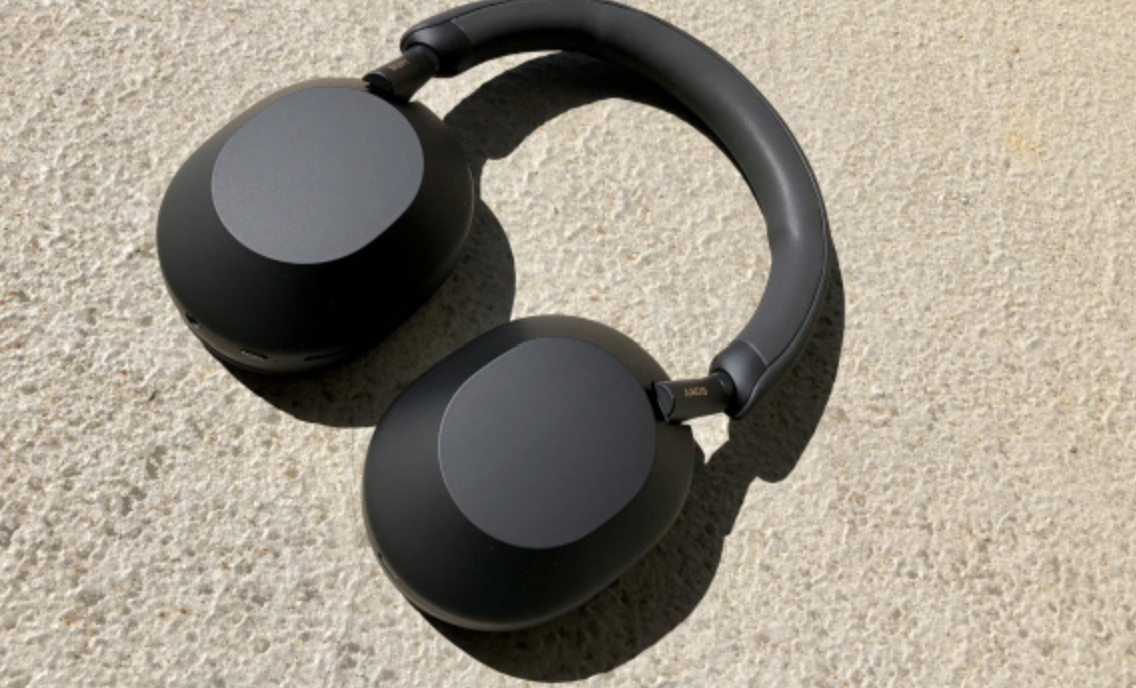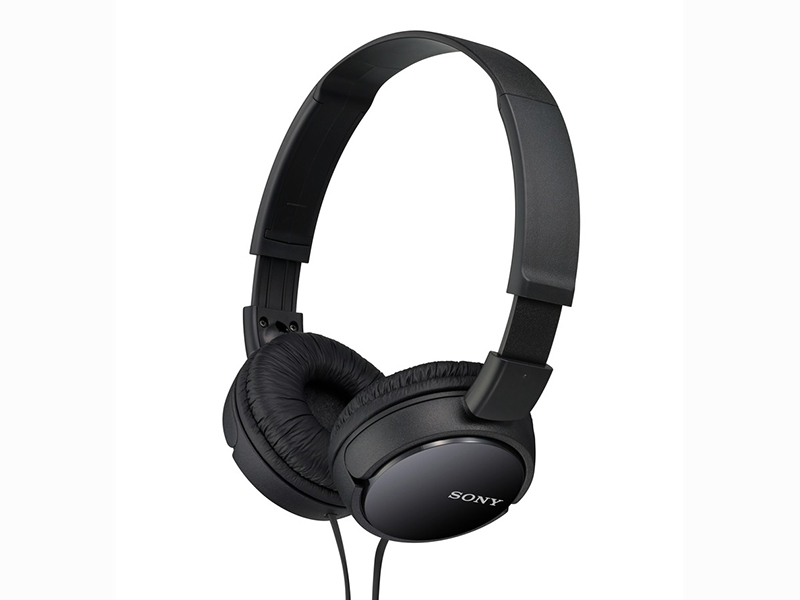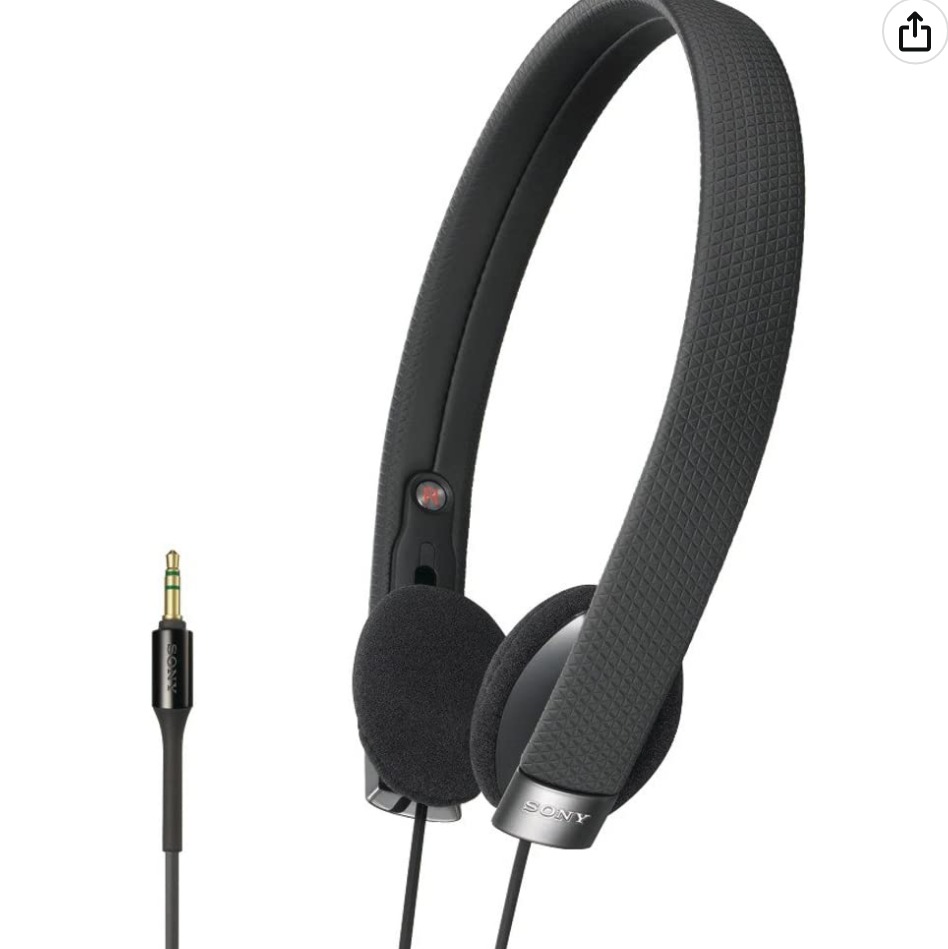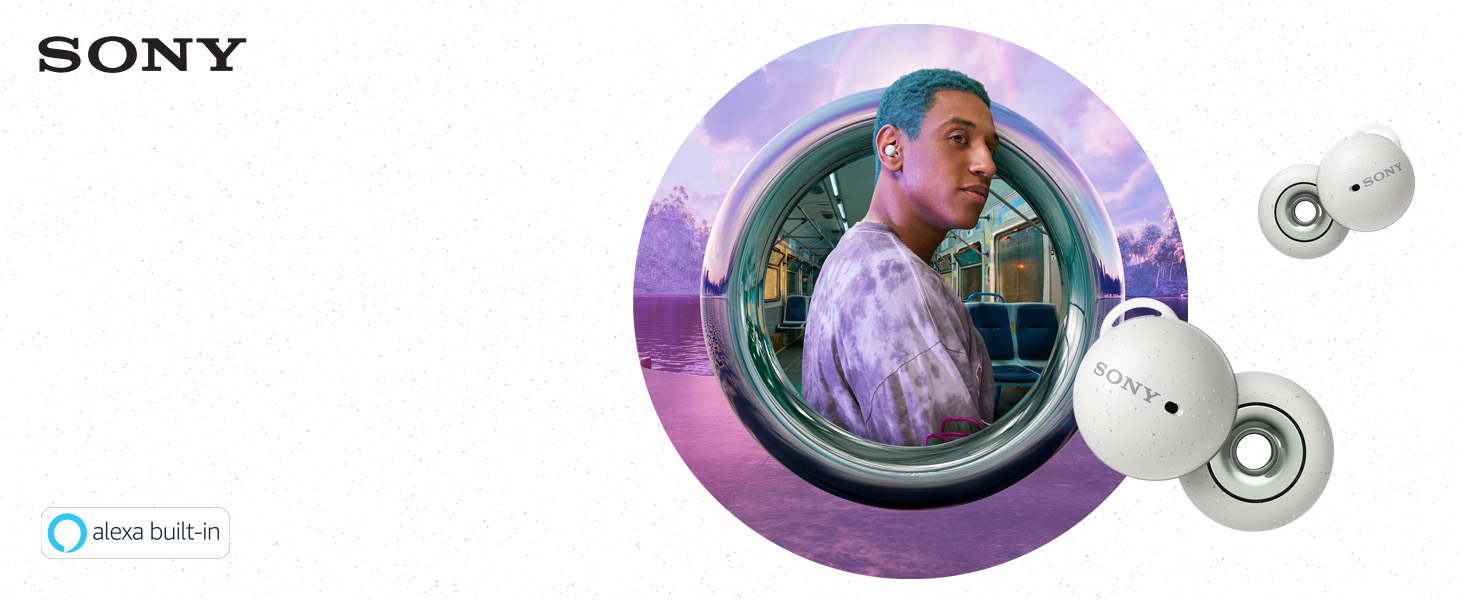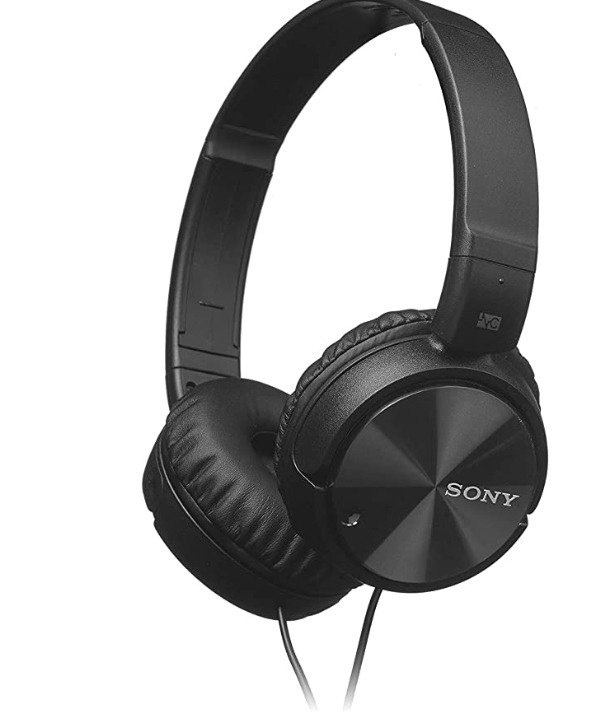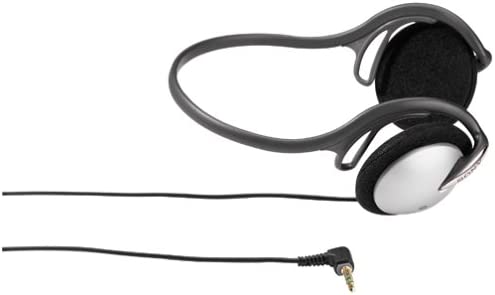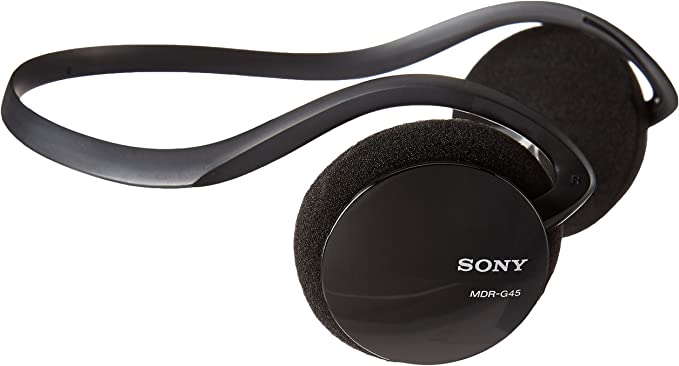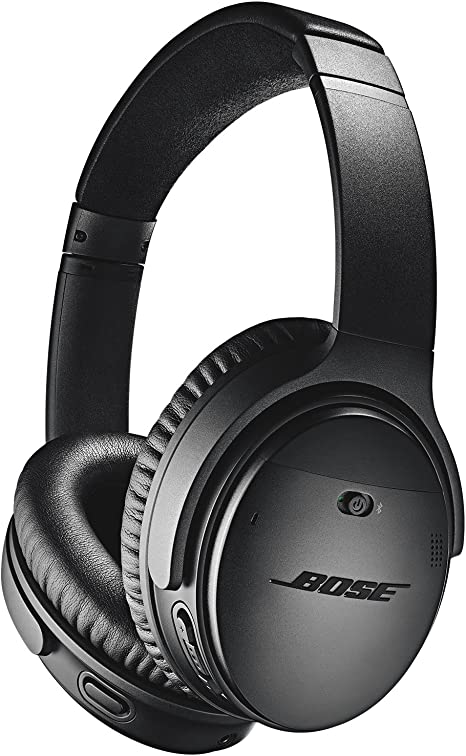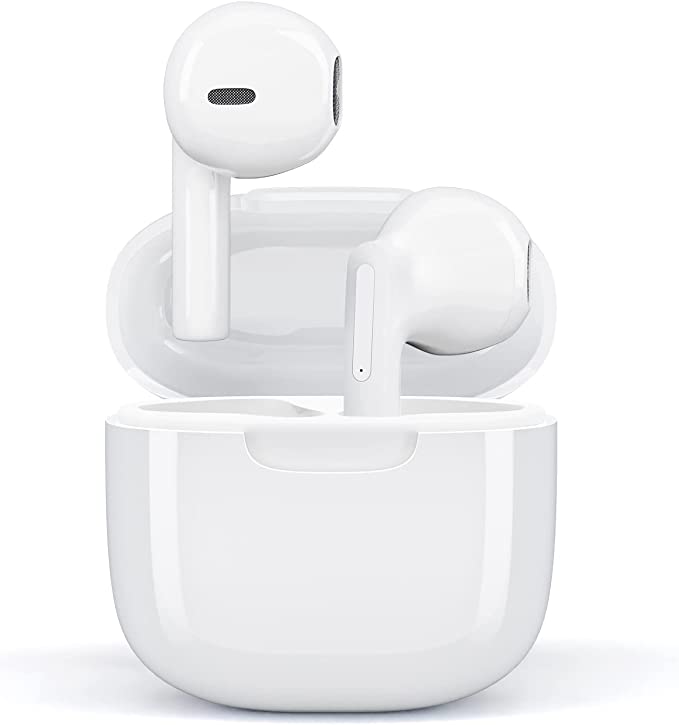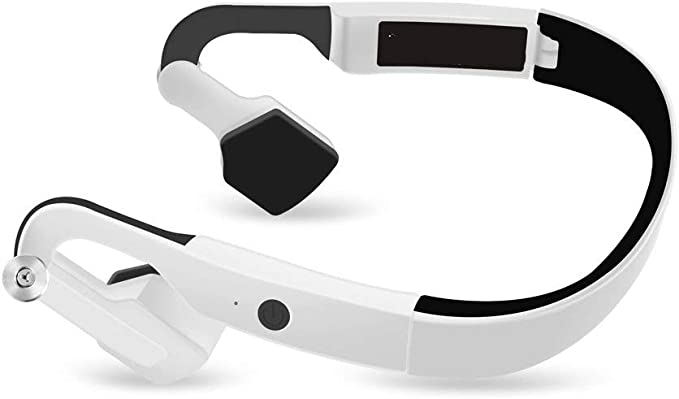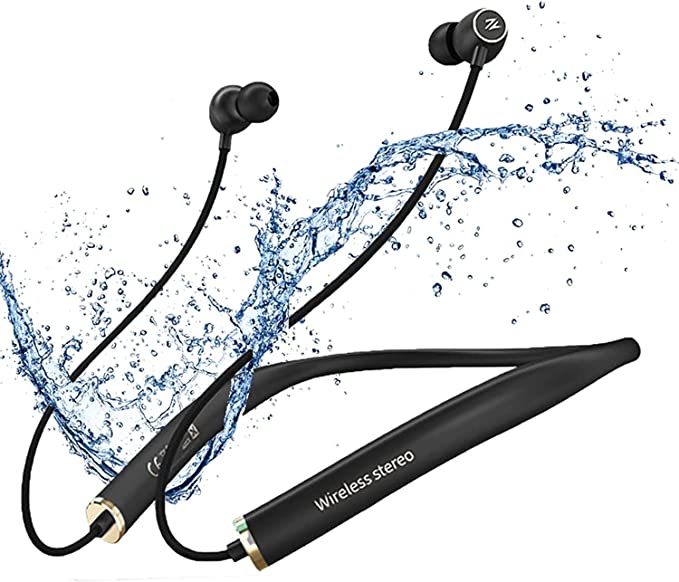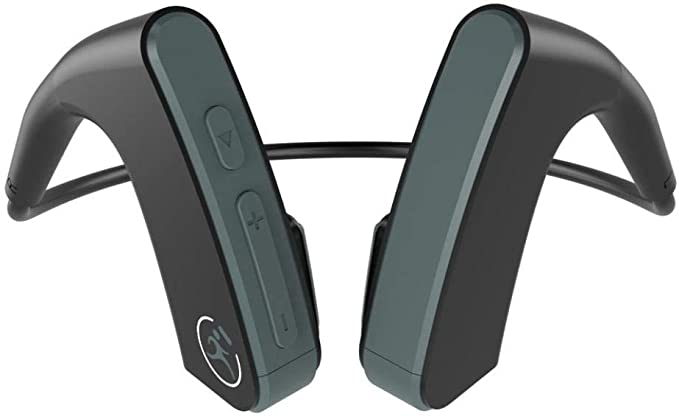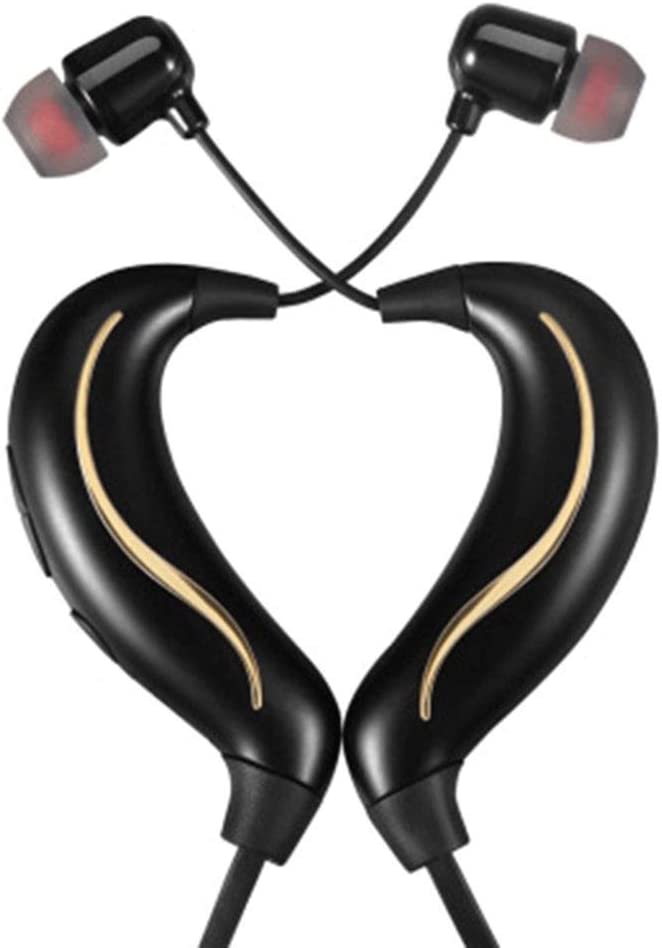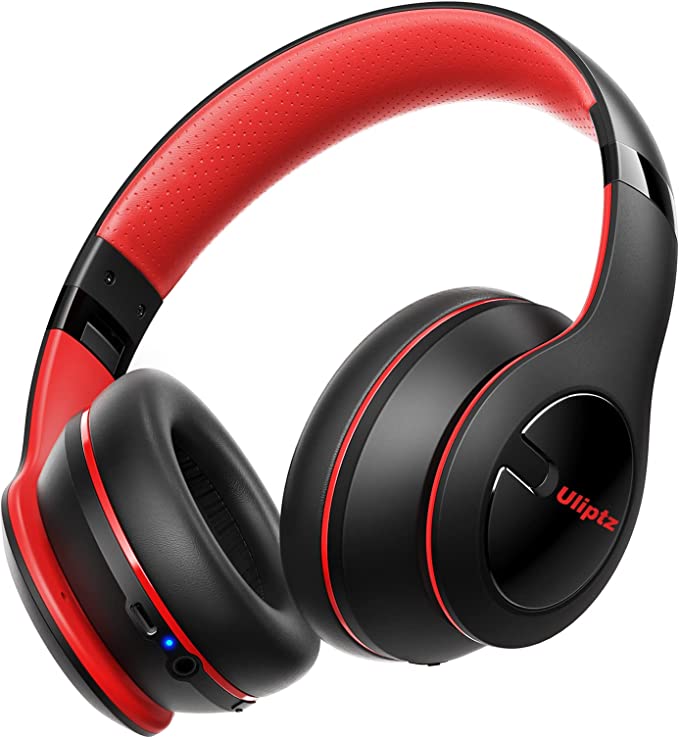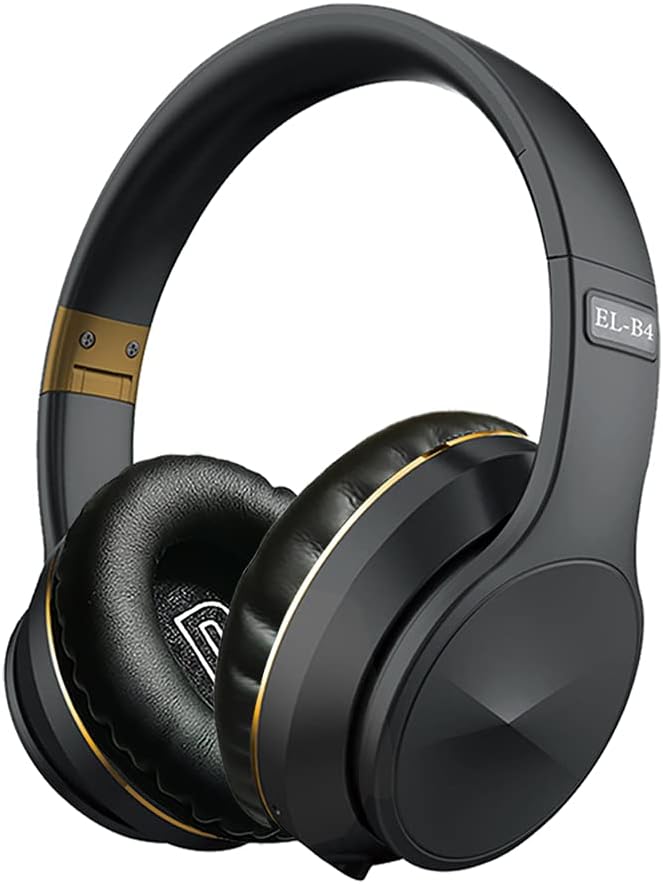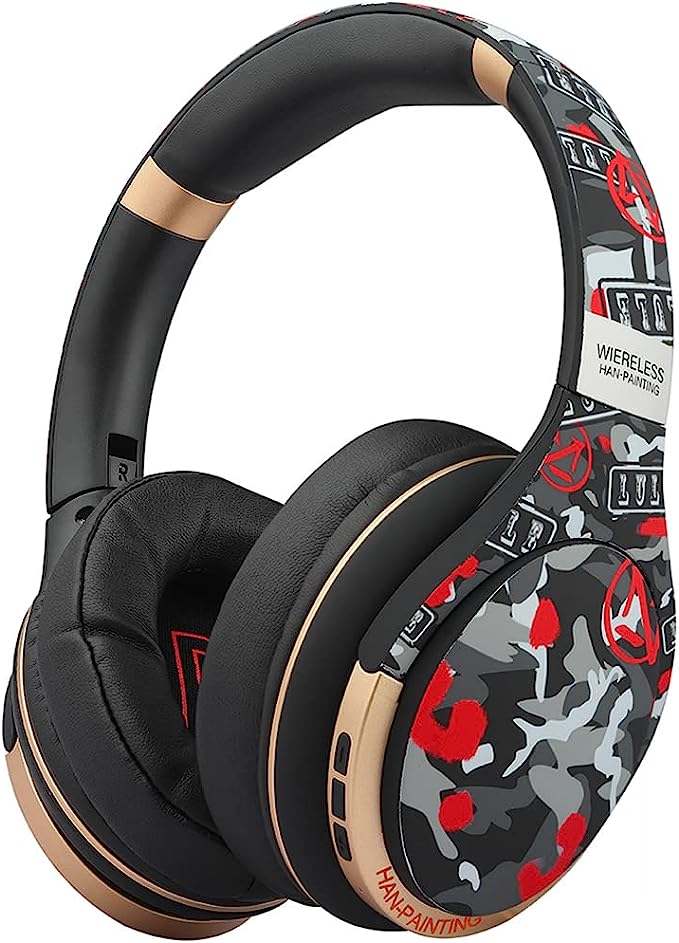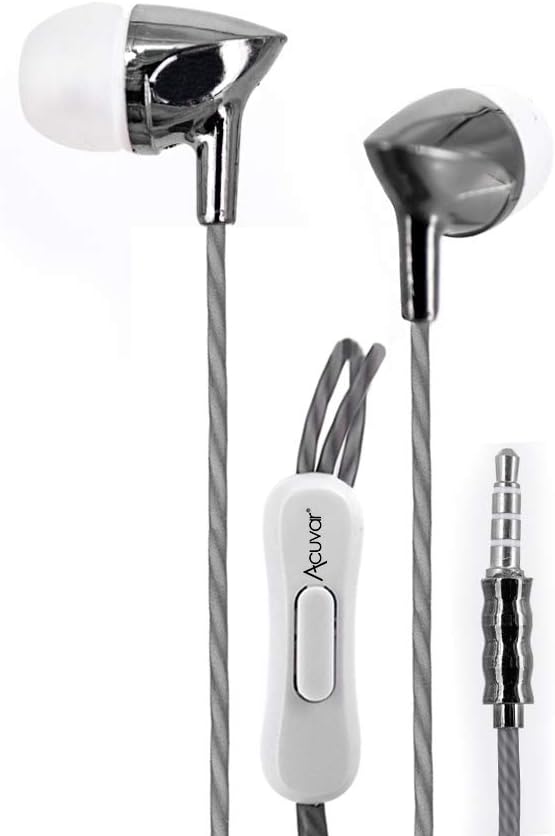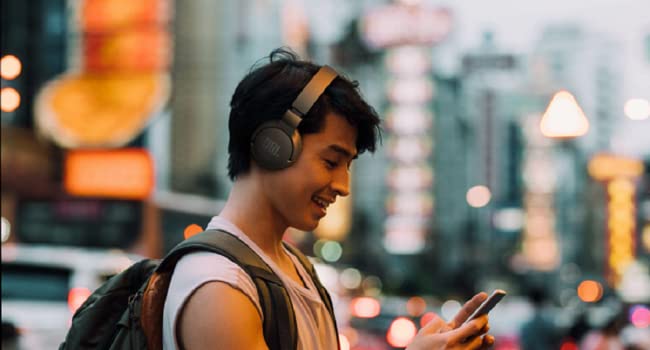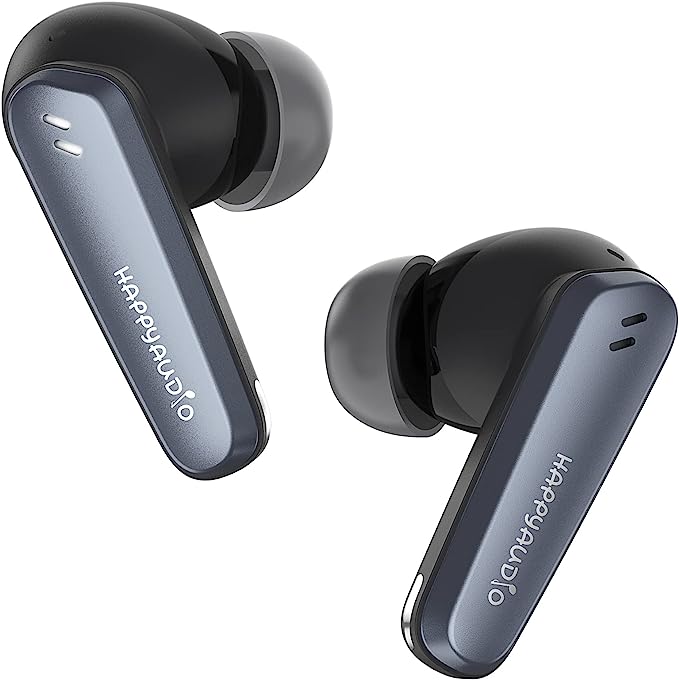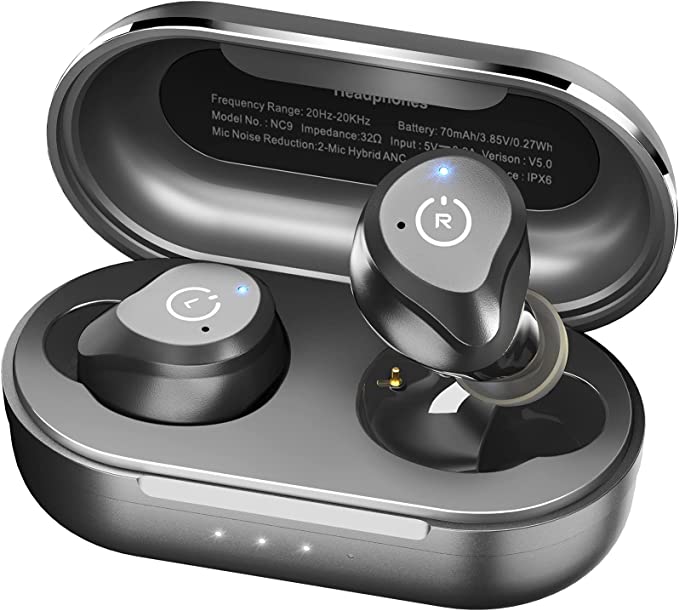Silence the World: Understanding Active Noise Cancellation with the Sony WH-CH710N
Update on Feb. 17, 2025, 3:05 p.m.
We live in a world saturated with sound. From the gentle rustling of leaves to the cacophony of city traffic, our ears are constantly bombarded with auditory information. While some sounds are pleasant and informative, others are unwanted and disruptive – what we call noise. This constant noise can impact our focus, productivity, and even our overall well-being. But what if we could control the sounds we hear, selectively silencing the unwanted noise while preserving the sounds we want to enjoy? This is the power of active noise cancellation (ANC), and the Sony WH-CH710N headphones offer a compelling example of this technology in action.

The Unseen World of Sound
Before diving into the intricacies of noise cancellation, let’s take a moment to appreciate the fundamental nature of sound. Sound, in its essence, is vibration. When an object vibrates – a guitar string, a loudspeaker cone, or even your vocal cords – it creates pressure waves that travel through a medium, typically air. These waves aren’t just random fluctuations; they have specific properties, like frequency and amplitude, that determine what we hear. Frequency, measured in Hertz (Hz), corresponds to the pitch of a sound – higher frequency means a higher pitch. Amplitude, related to the intensity of the vibration, determines the loudness.

Our Amazing Ears
Our ears are remarkable biological instruments designed to capture and interpret these sound waves. When sound waves enter the ear canal, they cause the eardrum to vibrate. These vibrations are then transmitted through tiny bones in the middle ear to the cochlea, a fluid-filled structure in the inner ear. Within the cochlea, thousands of tiny hair cells convert these mechanical vibrations into electrical signals that travel along the auditory nerve to the brain. It’s in the brain that these electrical signals are finally interpreted as the sounds we perceive.

The Problem with Noise
So, if sound is simply vibration, what makes some sounds noise? The distinction is largely subjective and depends on context. The gentle hum of a refrigerator might be considered noise when you’re trying to concentrate, while the roar of a crowd at a concert might be an integral part of the experience. Noise, in general, is any unwanted sound that interferes with our ability to hear what we want to hear, or that causes annoyance, stress, or even physical harm. Prolonged exposure to loud noise can lead to hearing loss, while even moderate levels of noise can disrupt sleep, reduce concentration, and increase stress levels.
Enter Active Noise Cancellation
This is where active noise cancellation comes in. Instead of simply blocking sound with physical barriers (like earplugs), ANC uses a clever trick of physics: wave interference. As we touched upon earlier, sound waves have peaks and troughs. If you can create a second sound wave that is perfectly out of phase with the first – meaning its peaks align with the first wave’s troughs, and vice versa – the two waves will effectively cancel each other out. This phenomenon is called destructive interference.
A History of Silence
The concept of noise cancellation isn’t new. The first patent for an active noise control system was granted to Paul Lueg in 1936. However, the technology remained largely theoretical for decades due to the limitations of analog electronics. It wasn’t until the development of digital signal processing (DSP) in the late 20th century that practical ANC systems became feasible. Early applications were primarily in aviation, protecting pilots from the intense noise of aircraft engines. Over time, ANC technology has become more sophisticated and affordable, finding its way into consumer headphones like the Sony WH-CH710N.
Types of ANC
There are three main types of active noise cancellation:
- Feedforward ANC: This type uses a microphone placed on the outside of the ear cup to capture incoming noise. The system then generates an anti-noise wave based on this external signal. Feedforward systems are generally good at canceling out predictable, constant noise, like the drone of an airplane engine.
- Feedback ANC: This type uses a microphone placed inside the ear cup, closer to the ear. This microphone “hears” the sound that’s reaching the ear, including any residual noise that hasn’t been canceled. The system then adjusts the anti-noise wave to further reduce this residual noise. Feedback systems are better at adapting to variations in noise and are more effective at canceling out a wider range of frequencies.
- Hybrid ANC: As the name suggests, this type combines both feedforward and feedback approaches, using both external and internal microphones. This allows for the most comprehensive noise cancellation, combining the strengths of both feedforward and feedback systems.

Deep Dive: The Sony WH-CH710N
The Sony WH-CH710N utilizes a hybrid ANC system, incorporating what Sony calls Dual Noise Sensor Technology. Let’s break down how this works:
-
Dual Noise Sensors: Two microphones are used on each earcup – one on the outside (feedforward) and one on the inside (feedback). This dual-microphone setup allows the headphones to capture a more complete representation of the noise environment, both around the listener and inside the ear cup.
-
Digital Signal Processing (DSP): The heart of the ANC system is the digital signal processor. This specialized chip takes the analog signals from the microphones and converts them into digital data. This is the crucial A/D (analog-to-digital) conversion. Once in the digital domain, the DSP performs a series of complex calculations. The core of this processing is often based on the Fast Fourier Transform (FFT), an algorithm that decomposes the complex noise signal into its constituent frequencies. By analyzing the frequency content of the noise, the DSP can generate an anti-noise wave that is precisely tailored to cancel it out. This anti-noise signal is then converted back to an analog signal (D/A conversion) and sent to the headphone speakers.
-
The Inverted sound wave is generated: After the DSP processes the incoming noise signal and creates the anti-noise wave, a D/A (digital-to-analog) converts the digital anti-noise signal back into an analog signal.
-
30mm Drivers: These are the speaker units within the headphones that produce the sound you hear. The drivers in the WH-CH710N are responsible for delivering both your music (or other audio) and the anti-noise wave. The quality of the drivers is crucial for both effective noise cancellation and accurate sound reproduction. The 30mm size allows a good balance and accurate sound quality.
-
Long Battery Life and Quick Charging: The WH-CH710N offers up to 35 hours of battery life with ANC enabled, making it suitable for long flights or extended listening sessions. The quick charging feature provides 60 minutes of playback from just a 10-minute charge, a convenient option when you’re short on time.
-
Comfort and Design: The WH-CH710N features soft, oval-shaped earpads and an adjustable metal slider for a comfortable and secure fit. The lightweight design minimizes pressure on the ears, allowing for extended wear without fatigue.
-
Connectivity (Bluetooth and NFC): The headphones use Bluetooth technology for wireless connection to your audio source. NFC (Near Field Communication) allows for quick and easy pairing with compatible devices – simply tap the headphones to your NFC-enabled smartphone or music player. The supported audio formats are SBC and AAC.
-
Ambient Sound Mode: The WH-CH710N also features an Ambient Sound mode. With the press of a button, the headphones use the built-in microphones to pick external voices.

The Limitations of ANC
While ANC technology is remarkably effective, it’s not a perfect solution. As mentioned earlier, ANC works best at canceling out low-frequency, constant noise. High-frequency sounds, like a sudden, sharp noise, or very high pitch sounds, are more difficult to cancel because their wavelengths are shorter, and the system has less time to react.

The Future of Noise Cancellation
The field of active noise cancellation is constantly evolving. Researchers and engineers are working on several advancements, including:
- Personalized ANC: Tailoring the noise cancellation profile to the individual user’s ear shape and hearing characteristics.
- More Sophisticated Algorithms: Using machine learning and artificial intelligence to improve the accuracy and adaptability of ANC systems.
- Wider Frequency Range: Developing systems that can effectively cancel out a broader range of frequencies, including higher-frequency sounds.
- Integration with Other Technologies: Combining ANC with other technologies, such as augmented reality (AR) and virtual reality (VR), to create more immersive and interactive experiences.

Conclusion: Embracing the Power of Controlled Sound
Active noise cancellation, as exemplified by the Sony WH-CH710N, represents a significant advancement in our ability to control our sonic environment. It’s not just about silencing the world; it’s about creating a more focused, productive, and enjoyable auditory experience. By understanding the science behind ANC, we can appreciate the ingenuity of this technology and make informed choices about how we interact with the sounds around us.
